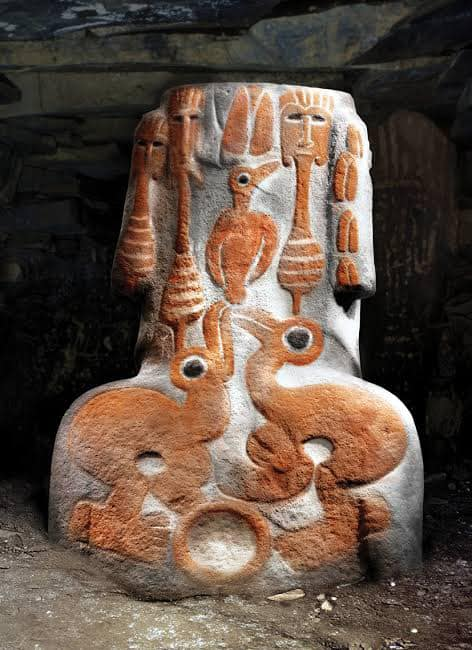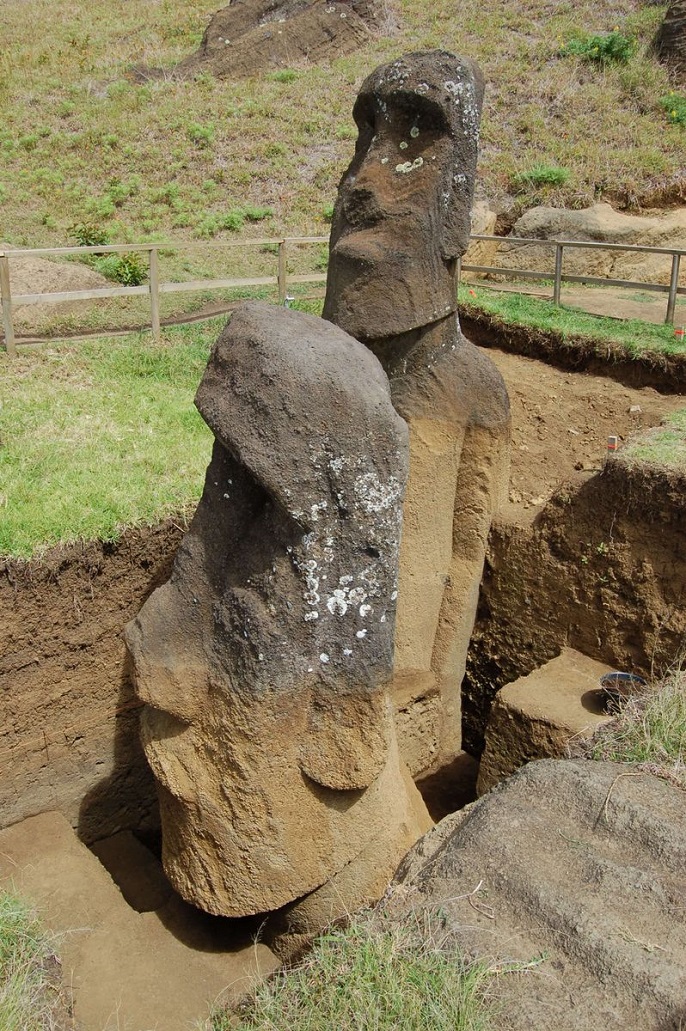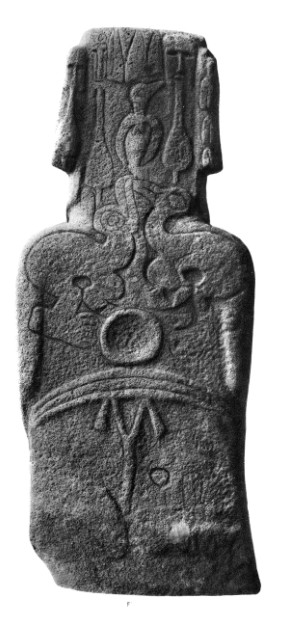A fully unearthed Moai statue exemplifies the remarkable artistry of the Rapa Nui people on Easter Island, carved between 1250 AD and 1500 AD. These iconic monolithic figures have captivated global interest due to their scale and the mysteries surrounding their creation.

Cultural Significance
The Moai are believed to represent ancestral figures, placed on ceremonial platforms called Ahu. They symbolize the connection between the living and their ancestors, highlighting the Rapa Nui’s reverence for lineage and societal hierarchy.

Engineering Feats
Weighing up to 80 tons and reaching over 30 feet in height, the construction of the Moai poses significant engineering questions. Scholars debate the methods used for carving, transporting, and erecting these colossal statues, with theories suggesting techniques such as rolling on logs or sledging. The ingenuity required reflects the collaborative spirit of the Rapa Nui community.

Environmental Impact and Decline
The massive deforestation necessary for statue transport and construction contributed to environmental degradation on the island. This ecological impact, alongside factors like civil unrest and European colonization, led to the decline of Rapa Nui civilization. The Moai serve as both cultural symbols and warnings about the consequences of human actions on the environment.

Enduring Legacy
Today, the Moai not only represent the artistic heritage of the Rapa Nui but also continue to draw attention from scholars and tourists alike. Ongoing preservation efforts emphasize their significance as archaeological treasures and cultural icons, ensuring that the stories of the Moai and the Rapa Nui people endure for future generations.


